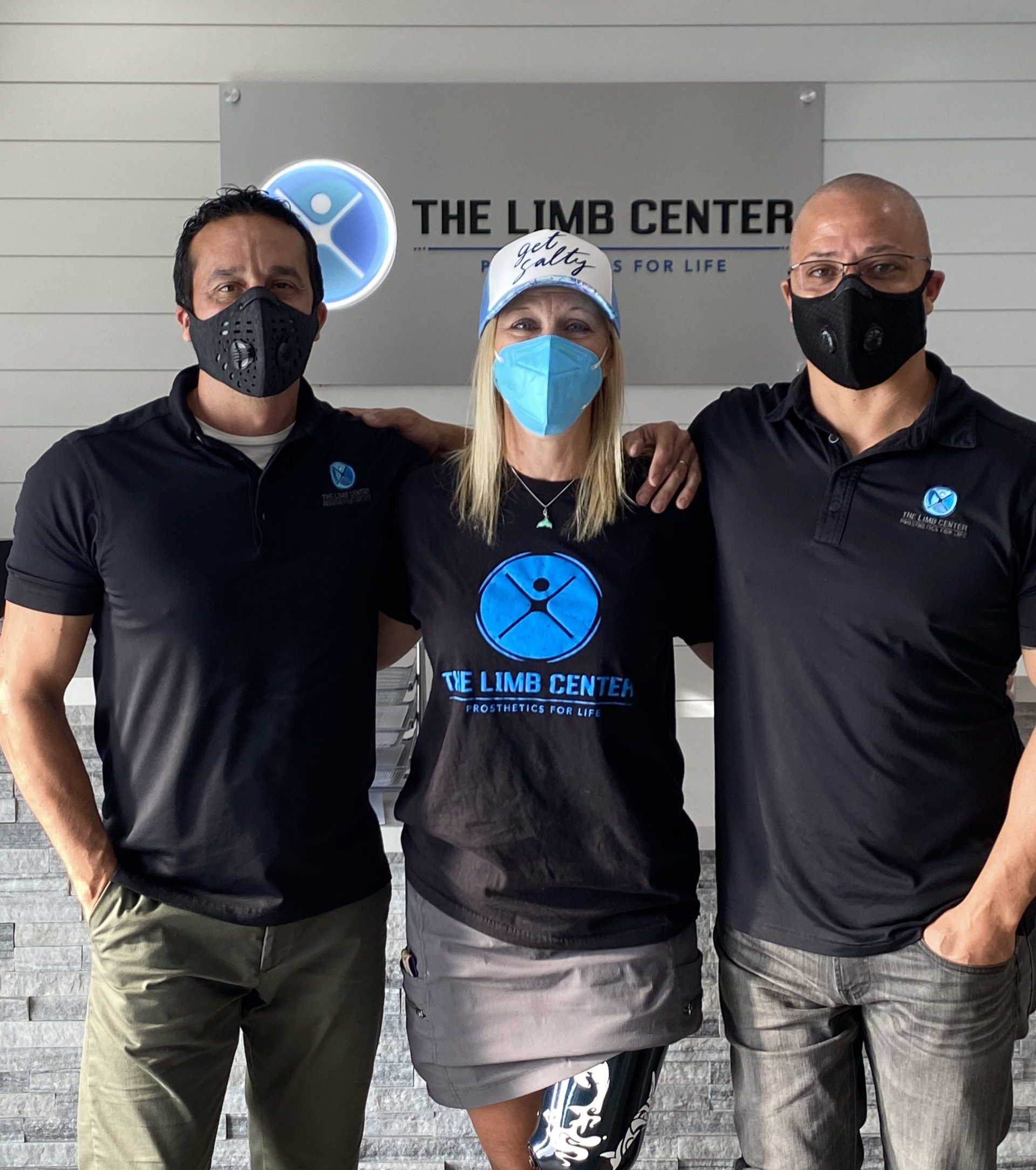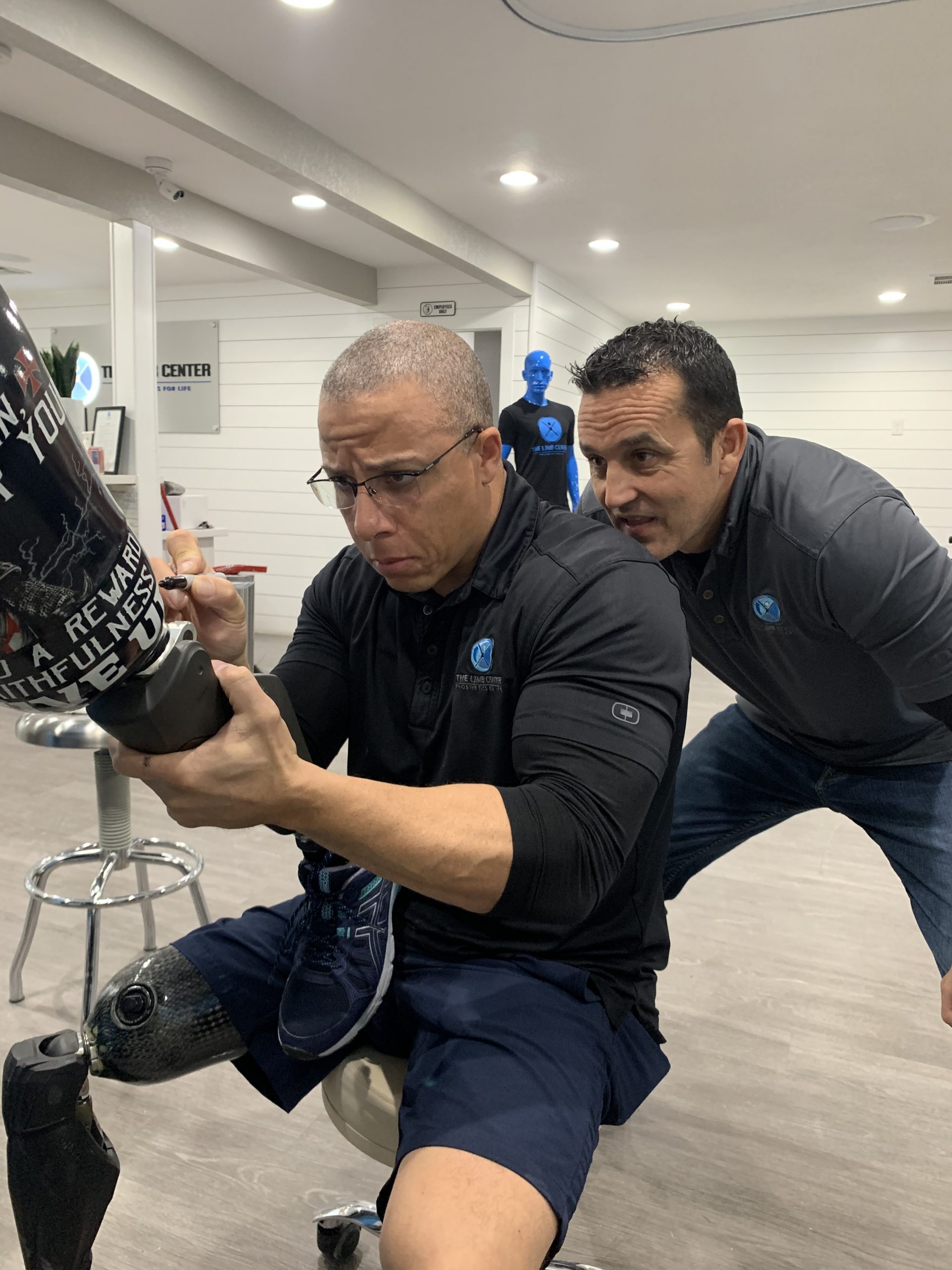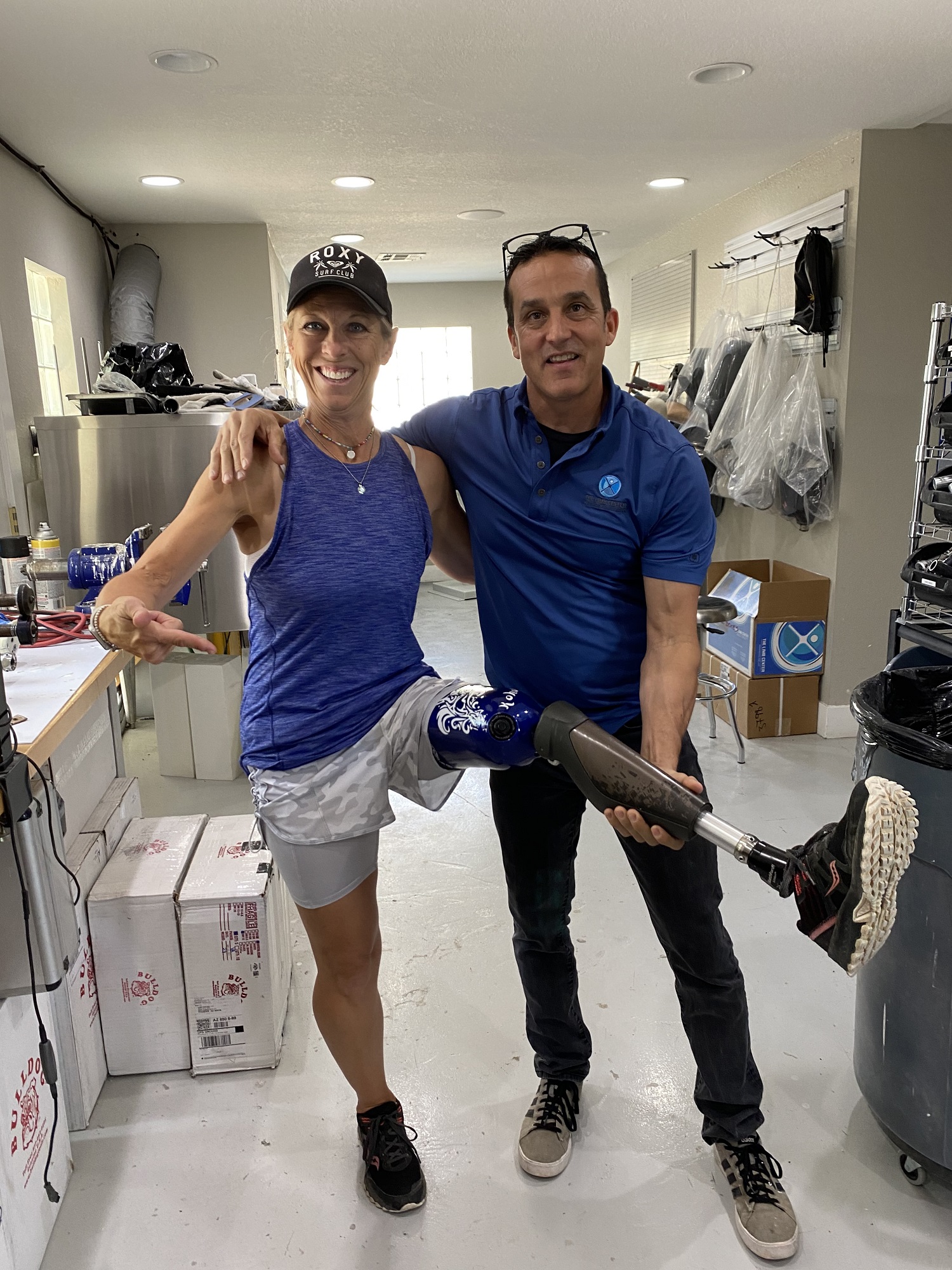The Journey of a Thousand Legs
Podcast: Play in new window | Download (Duration: 30:58 — 32.8MB)
Subscribe: Apple Podcasts | RSS | More
Let’s Get Real
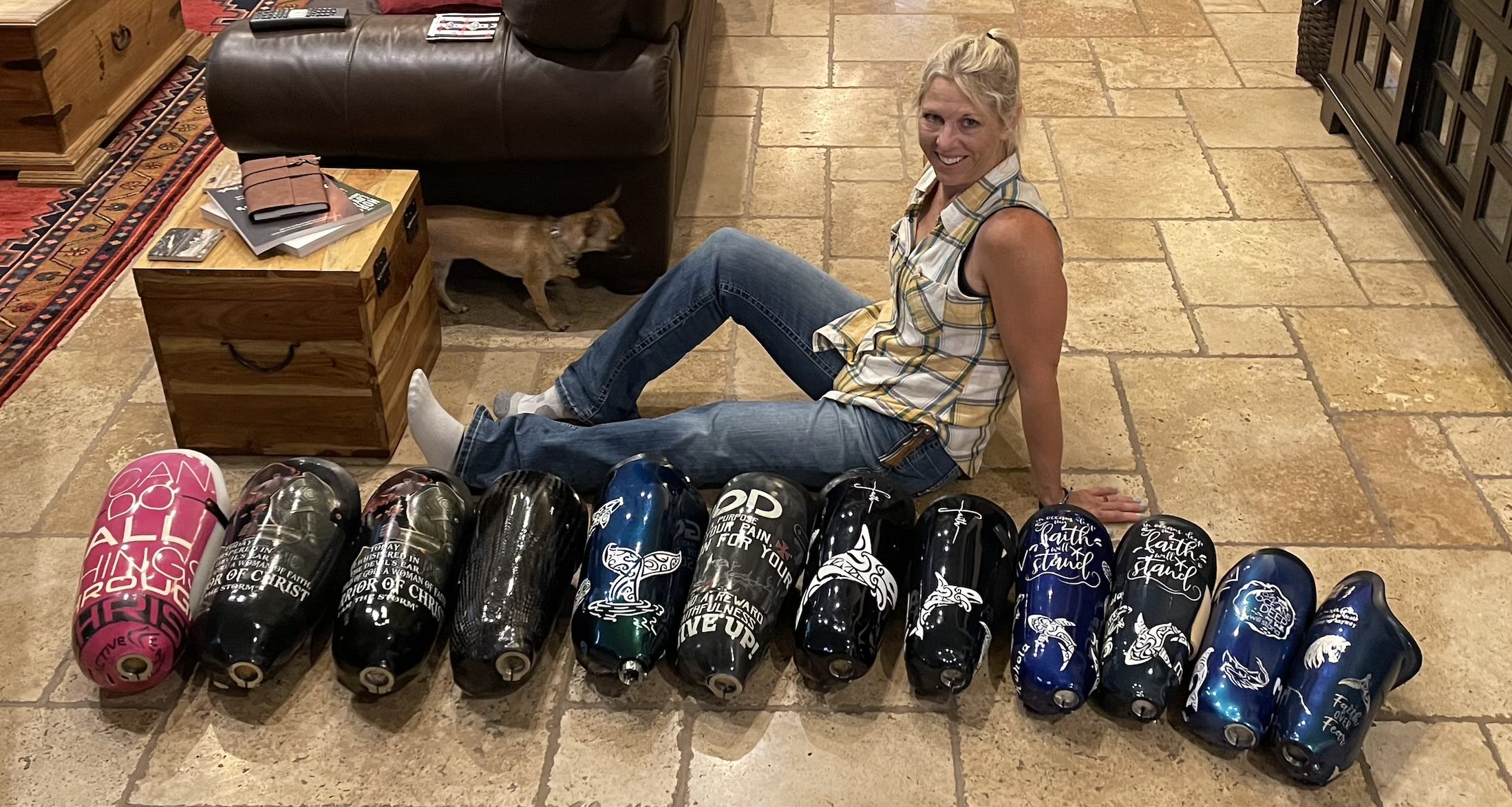
You’ve been through a lot. You had an amputation, you’ve healed, you’ve gotten fitted for your first socket.
Today you go in to put it all together and walk out the door and on with your life, right? Easy Peasy!
Yes! It’s the most exciting, most freeing day in an amputee’s life, for most people, however it doesn’t end there, and it doesn’t just magically take you back to “normal”.
Managing expectations and understanding how the journey is different for everyone will be helpful for your mental game.
First off, you need to understand that sockets make or break your experience with using a prosthesis. Just because you have the best foot or microprocessor knee (MPK) doesn’t mean you’ll be successful or walk better. Many aspects will factor in to how you handle your prosthesis.

Your prosthetist and his/her skills at listening to you, observing you and creating a socket that is best suited for you is so very important. Also important is your volume change, healing, and pain level.
Even if you have the best, most attentive prosthetist (like my guys, Randy and David at The Limb Center) who have created the most intimate socket for you, taking into account your contours and sensitivity, doesn’t mean that when you get your final socket you’ll be off and running. There are many aspects of those first 1-2 weeks of wearing the new socket that you will have to work through.
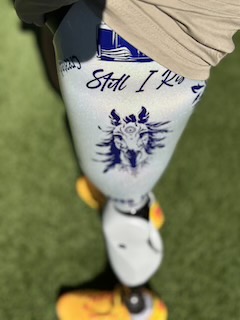
First, putting it on for the first time will take practice and more practice. Putting it on and off multiple times each morning wouldn’t be uncommon. It is not Lego pieces that snap together perfectly, your limb will conform and fill your new socket better over time and your inner socket will mold to your limb over time and make it easier to put it on correctly the first time each morning.
Next, you will find that anything manmade isn’t perfect, even a remake of your test socket into a final socket, even though the same mold is used. This means that even if your test socket is feeling like the right fit, you’ll find that your final socket is a little different. It feels different, fits different, and can cause new rubs and rashes. It’s crazy, but by the end of my very first day in my brand new socket it was falling off….even though I was wearing my test sockets everyday, all day, for several weeks. My volume changed!
Finally, the best thing you can do is to continue to wear your socket to see what it’s doing, how it’s fitting, where it rubs or creates issues on your skin. My prosthetist always says 72 hours is a good gauge of how it REALLY is going to fit you. In 72 hours you can really test it and find how it functions in different situations and at different times of the day. Let’s face it, our bodies change throughout the day, and from day to day. To truly be able to communicate clearly what changes need to be made to your socket you have to put it to the test and make notes of what and where you are feeling things.
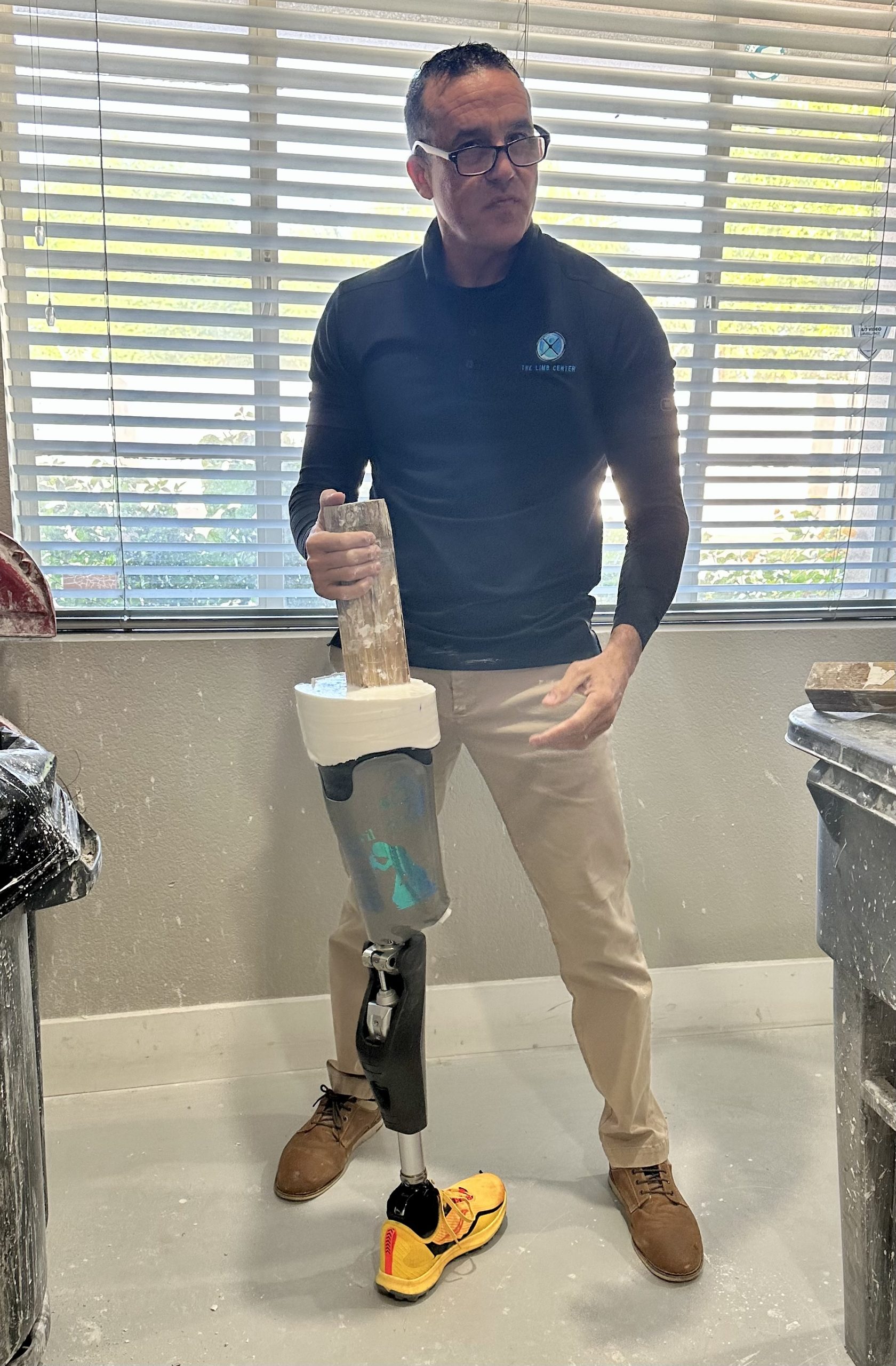
It would be so nice to receive your brand new leg and be off to the races but that is not reality for amputees. So many things can change and alter our fit, from one socket to the next, and from day to day and hour to hour. All you can do is learn patience and communicate clearly to your prosthetist so they know what you are feeling and what you need.
I went back to my guys two times, already, after wearing my brand new leg for 5 days.
This is a process. When you know this you can avoid some of the frustrations associated with socket fitting, and avoid feeling all alone in this journey. We all have some sort of adjustment to make once we get our “final”socket. And the fact is, when you are in your first 2-3 years post-amputation as soon as you get a socket you’ll have outgrown it so quickly that you’ll feel like you never even had a chance to really break it in and get use to it before it’s time for a new one.
This is a part of the journey of the 1000 legs, (at least that’s what it feels like).
My photo at the top is my actual sockets minus 6 ( a total of 18 in 6 years- most of those, probably about 15 where made in the first 3 years!)
Embrace the journey, be prepared for the time it takes and the process it takes to hone in to getting the best fit. Trust me, it’ll be worth it. When you get a great fit ti will make a world of difference.

Simple:
This week, if you are in a socket that you just received, wear it. Really give it a good try, even if it’s uncomfortable. Gather as much data and intel about the fit and the sore areas so you can ask your prosthetist. to make adjustment, with confidence. The better you communicate the sooner you’ll be in a socket that fits well and allows you to get back to life.
If you are about to get a new socket, or your first socket, I hope this helps you manage expectations so you come through this process in a positive state of mind.
Be excited, for sure. Getting a first socket or a new socket brings hope to you and your family. It’s exciting to design it, and to have your independence back, just understand that it is a process that you will have to navigate.
You will do just fine. You are not alone. I hope that brings comfort to you and a hope of a bright future as an amputee.
I hope you have a blessed week until we meet again.
And as always,
Be Healthy,
Be Happy,
Be YOU!!!
Much love,





